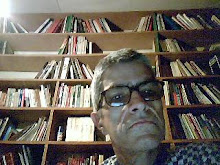More a geographical concept than a fully fledged nation, the Democratic Republic of Congo (DRC, formerly Zaïre) is a bubbling cauldron of untamed wilderness carpeted by swathes of rainforest and punctuated by gushing rivers and smoking volcanoes. Rendered almost ungovernable by the central administration in Kinshasa, the country remains closed to all but the most brave-hearted travellers. The nation’s history reads like something out of Dante’s Inferno – from the brazen political folly of King Leopold of Belgium to the hideously corrupt ‘kleptocracy’ of maverick megalomaniac Mobutu Sese Seko, and the blood-stained battlegrounds of Africa’s first ‘world war’.
The DRC isn’t all failed politics and wasted natural resources, however. Somewhere in the midst of this proverbial heart of darkness lies a lumbering African giant. With ground-breaking national elections in July 2006 giving voice to 60 million shell-shocked inhabitants, a corner may have been turned. Despite early post-election violence in Kinshasa, incumbent president Joseph Kabila took office in October 2006 under the watchful eye of the world’s largest UN peacekeeping force. In some senses, the future can only get better. With five Unesco biospheres, whole ecosystems of teeming wildlife and an estimated US$24 trillion of untapped mineral capacity lying underneath the ground, it goes without saying that the country’s potential is breathtaking.
Assinar:
Postar comentários (Atom)


Nenhum comentário:
Postar um comentário